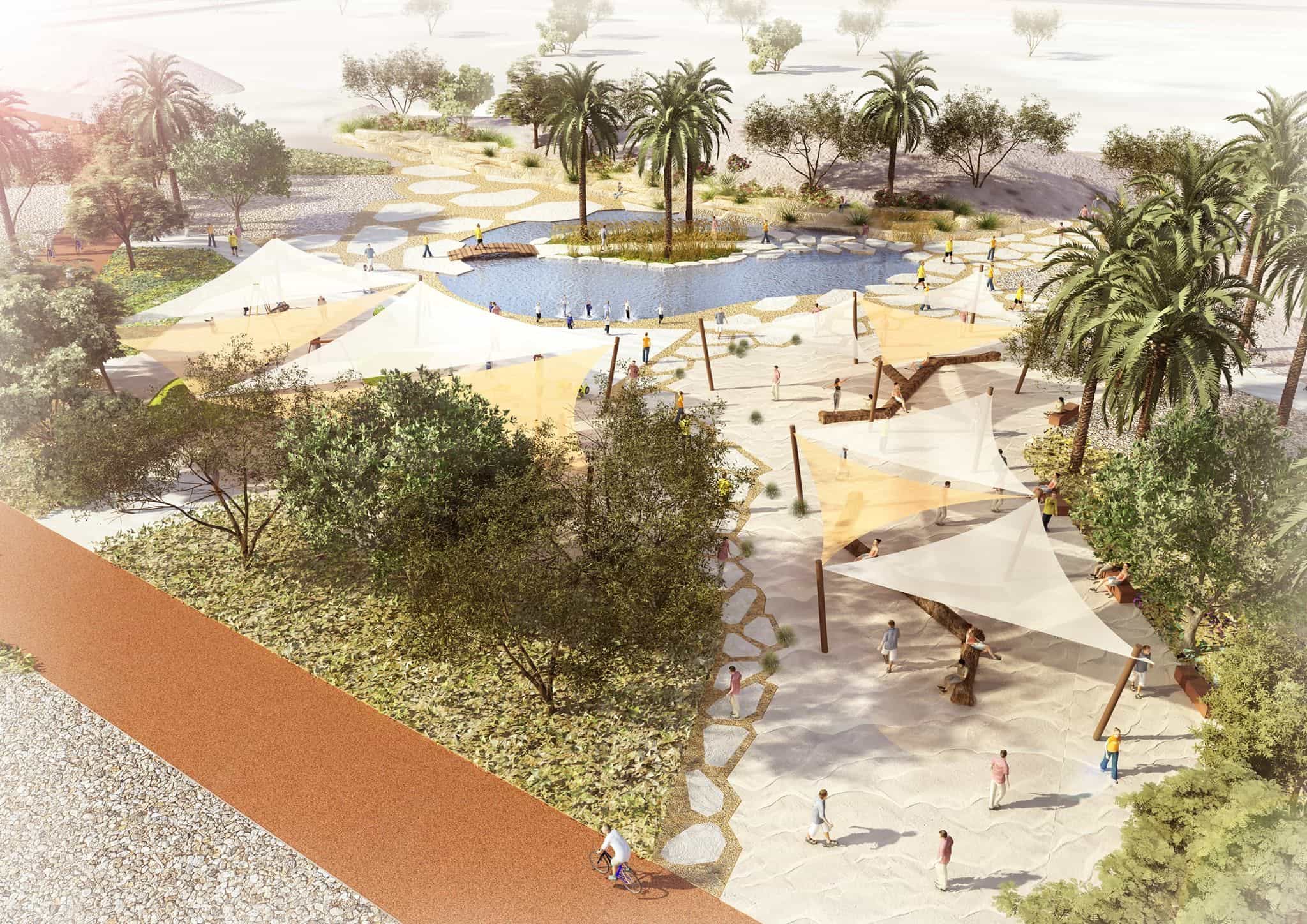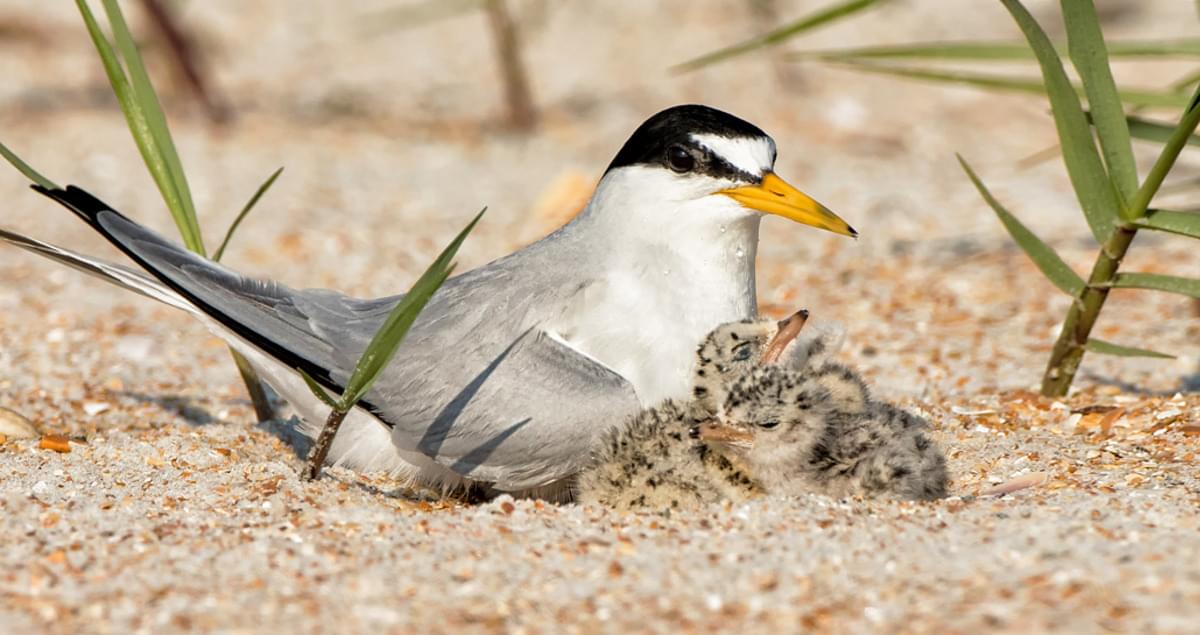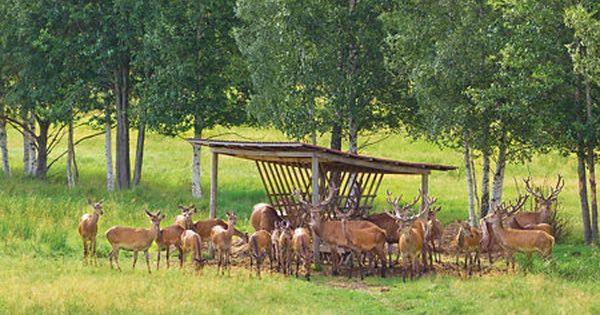What is a Desert Park?
A desert park is an idealized recreation of a natural ecosystem, used to educate people about how desert animals and plants survive in harsh conditions. These unique outdoor museums are located in the arid American Southwest. They are home to countless endangered species like jaguars, wolves, black bears, bison, and bald eagles.
The goal is to create a resource where visitors can get an idea of what the desert was like before it was turned into a vast urban sprawl and learn how man is restoring natural habitats into the wild.
Why Do People Love To Visit Desert Park?
These parks are a fantastic attraction for people who love the desert and want to learn more about it. Visitors can see how animals live in their natural habitats and experience the picturesque landscape of the Sonoran Desert.
5 Animals That Survive in Desert Parks
- Least Terns
These beautiful birds lay their eggs in the open desert and rely on Gila monsters and rattlesnakes to keep their nests safe.
- Grizzly Bears
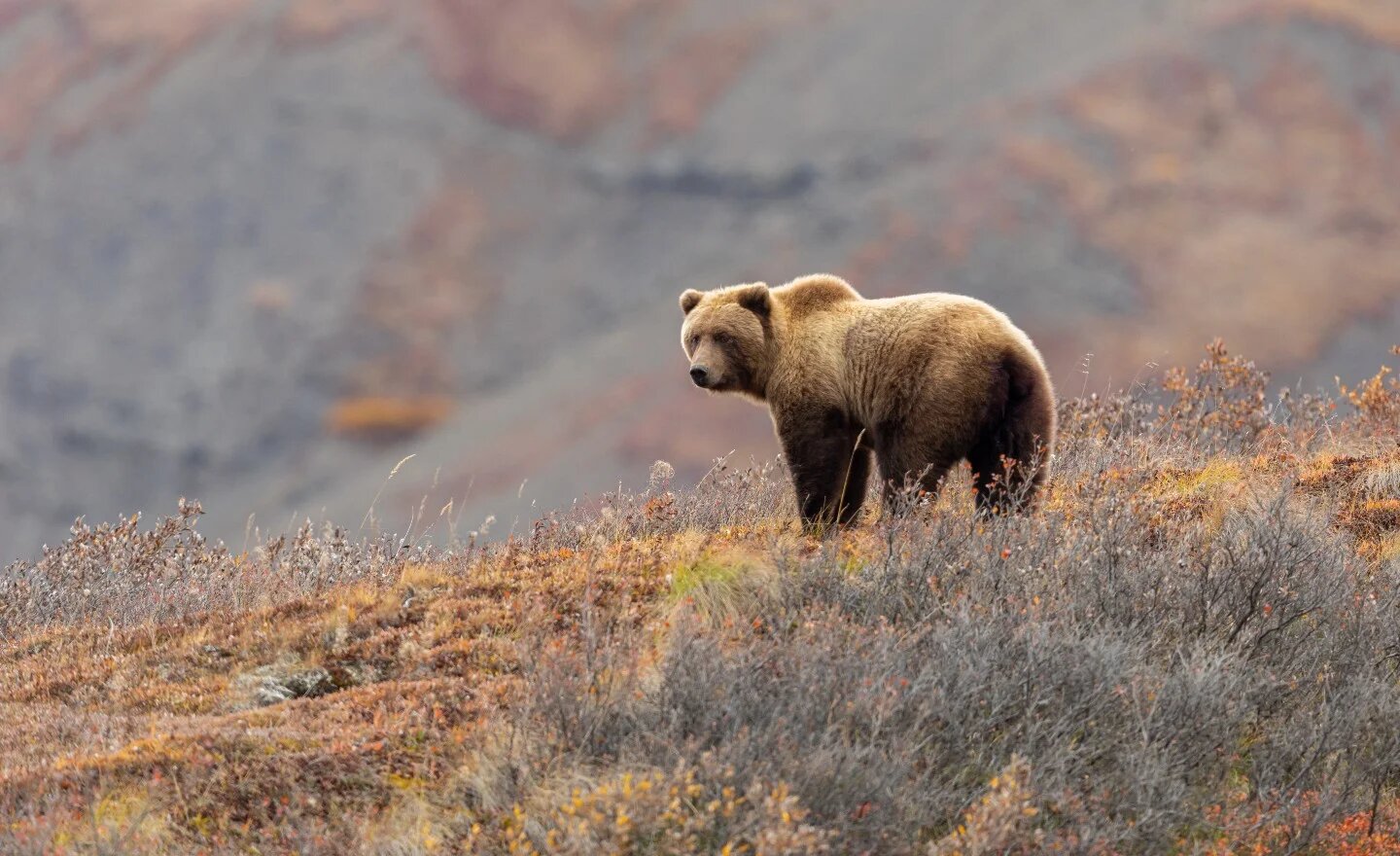
Grizzlies were once found throughout Mexico and California, but sadly now only live in 44 percent of their historic range.
- Bald Eagles
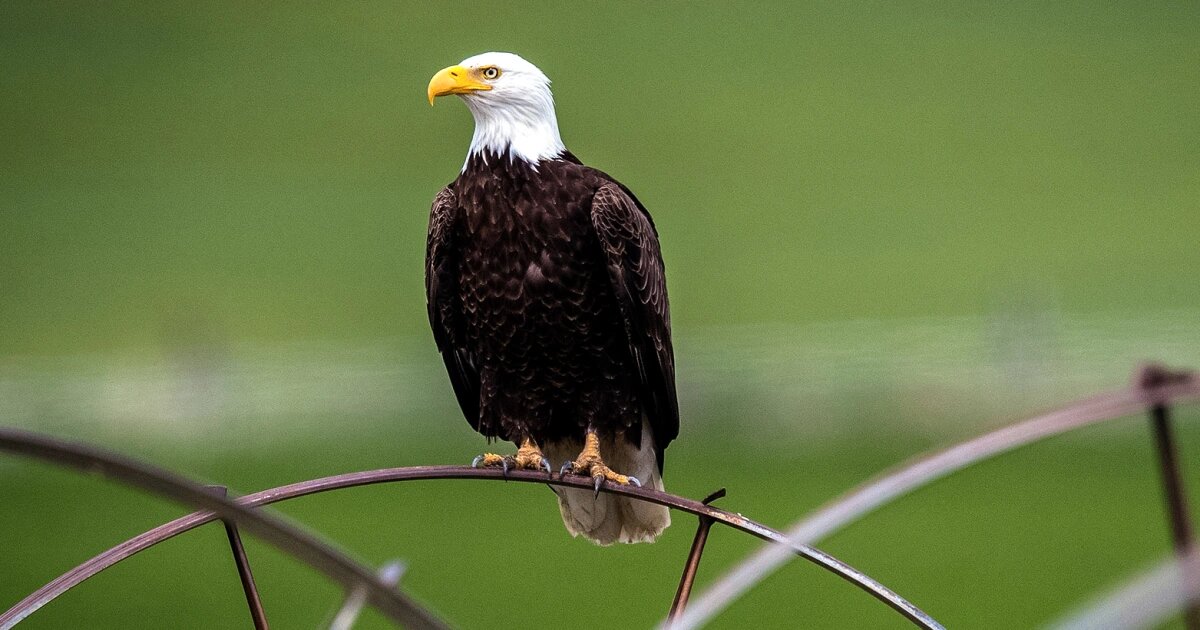
These majestic birds of prey are a great attraction for many people and can be found across North America.
- Desert Tortoises
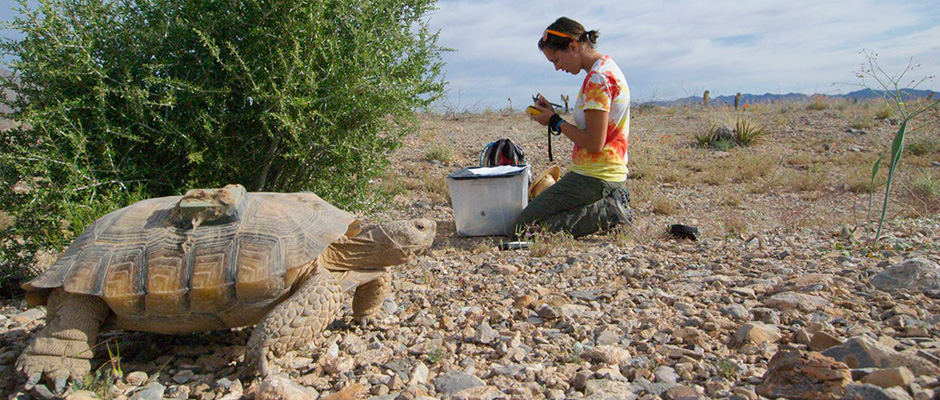
Living only in the Southwestern U.S., these fascinating reptiles eat cactus fruit and prickly pear pads.
- Roadrunners
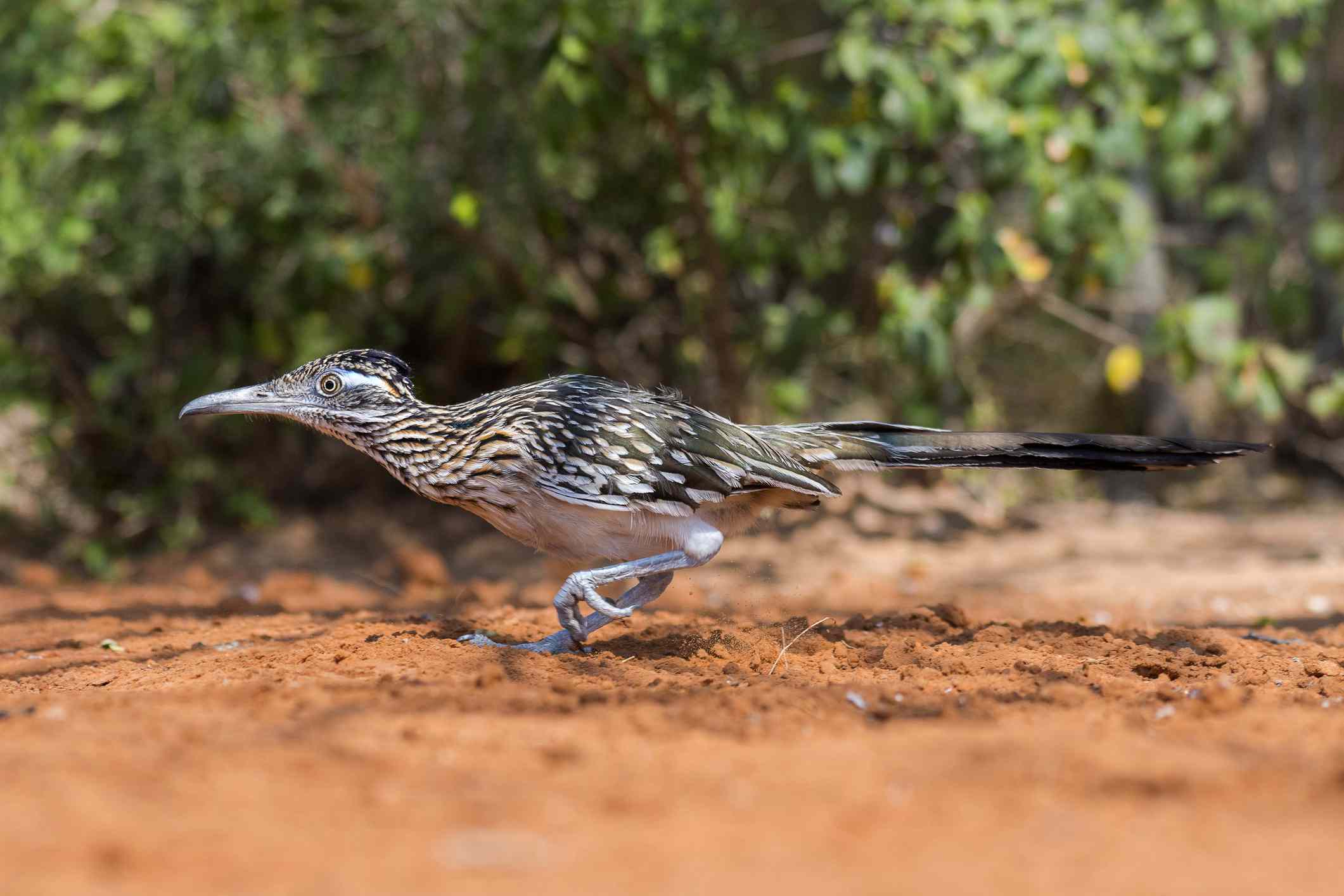
This unique desert bird is known for its swift running speed and the distinctive “beep beep” call it makes.
Desert Park Fun Facts
- The desert tortoise is often referred to as a symbol of the Sonoran Desert because they are so common in these parks.
- Roadrunners look like ostriches with their long legs and narrow bodies. They can run up to 12 miles per hour, which is why they are often called “desert chickens.”
- You can spot roadrunners in the Southwestern deserts of the U.S. and Mexico. They usually stick to sparse, desert woodlands where their long legs can help them stay away from coyotes and other predators.
- At night, these birds go into a state of inactivity, similar to hibernation. While it does not last as long as true hibernation, they are challenging to wake up during this time.
World’s Best Desert Parks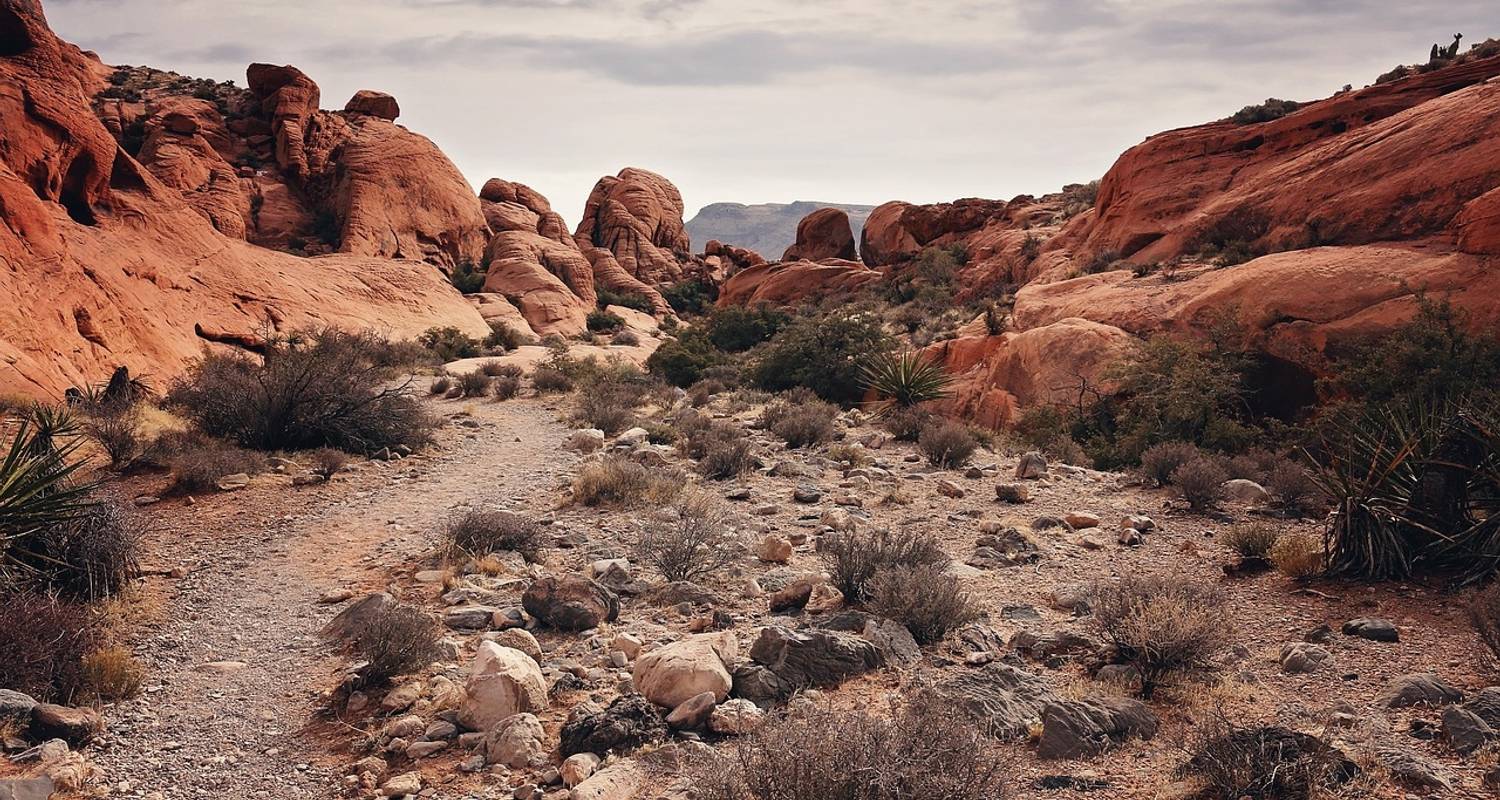
- Bolsa Chica Ecological Reserve: This 752-acre park is located in Huntington Beach, California. It has three miles of trails, and is home to over 320 species of animals.
- Jebel Hafeet Desert Park: This park is located in the United Arab Emirates and has over 50 species of animals, including lizards, gazelles, ostriches, and leopards.
- Palo Verde National Park: At almost 62,000 acres, this park is one of Costa Rica’s largest wildlife refuges. It is home to several bird species and features a butterfly garden, several lakes, and fountains.
- Phoenix Zoo: Located in Phoenix, Arizona, this zoo has over 3,000 animals representing over 200 different species. It is home to an aviary with tropical birds, including macaws and cockatoos.
- Tucson Mountain Park: This beautiful 117-acre park is situated in the Sonoran Desert near Saguaro National Park West in Tucson, Arizona.
- Bannerghatta National Park: More than 362 different kinds of animals live in India’s Karnataka state, like tigers, sandgrouses, and crocodiles.
- Jaldapara Wildlife Sanctuary: This wildlife reserve in India is home to more than 300 one-horned rhinoceros.
- Ranthambore National Park: This Indian wildlife reserve is home to about 30 Bengal tigers and 400 other species of animals.
- Manas Wildlife Sanctuary: In the foothills of the Eastern Himalayas, this sanctuary in India has many endangered Asian one-horned Rhinos living inside its borders.
- Kalakad Mundanthurai Tiger Reserve: This park is located at the base of the Agasthyamalai Hills near the Kanyakumari district in Tamil Nadu, India. It is home to various species, including leopards, elephants, and many endangered species like Malabar giant squirrels and Indian wild dogs.
Desert Park Risks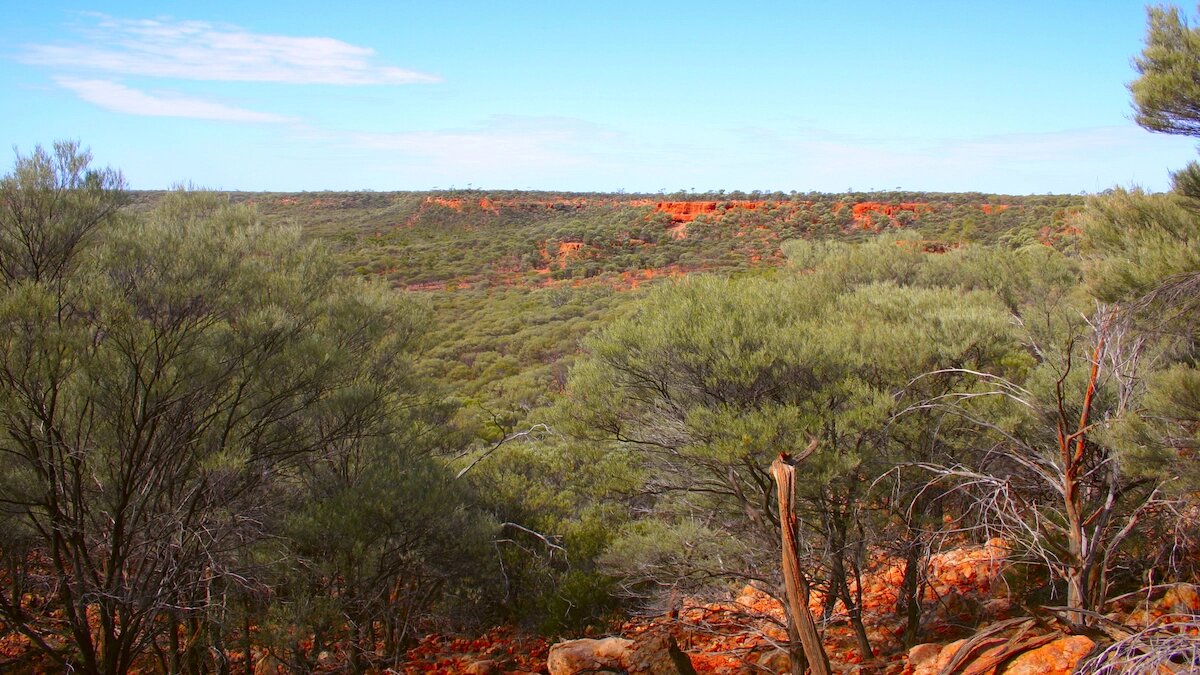
Although deserts are exciting places to visit, there are several dangers that people often overlook. Some of these include flash floods, scorpions, coyotes, and dehydration. Even though many deserts have rivers or lakes, the water is too salty to drink because it has been there for so long. You can also run into problems with local people who live in these regions if you do not take the proper steps beforehand.
